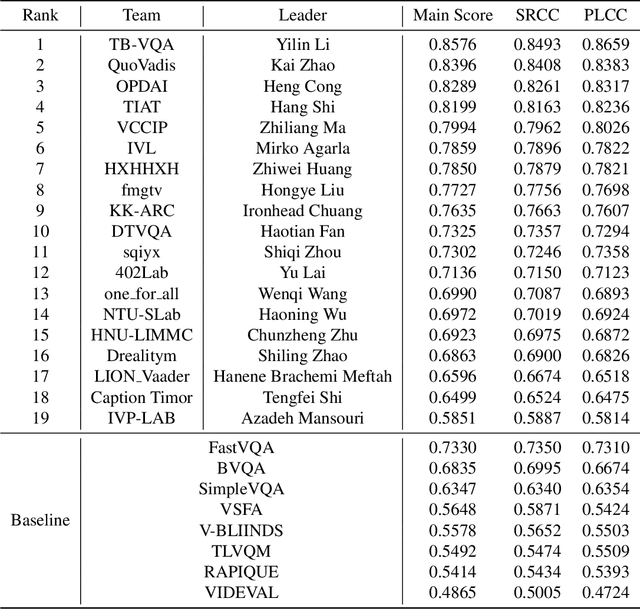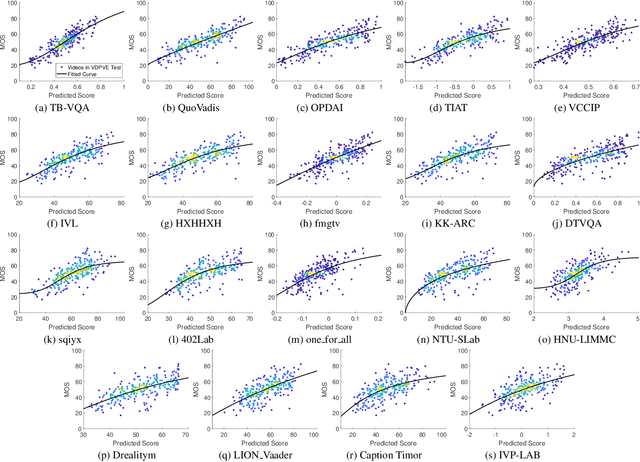Longan Xiao
Retrieval Augmented Image Harmonization
Dec 18, 2024



Abstract:When embedding objects (foreground) into images (background), considering the influence of photography conditions like illumination, it is usually necessary to perform image harmonization to make the foreground object coordinate with the background image in terms of brightness, color, and etc. Although existing image harmonization methods have made continuous efforts toward visually pleasing results, they are still plagued by two main issues. Firstly, the image harmonization becomes highly ill-posed when there are no contents similar to the foreground object in the background, making the harmonization results unreliable. Secondly, even when similar contents are available, the harmonization process is often interfered with by irrelevant areas, mainly attributed to an insufficient understanding of image contents and inaccurate attention. As a remedy, we present a retrieval-augmented image harmonization (Raiha) framework, which seeks proper reference images to reduce the ill-posedness and restricts the attention to better utilize the useful information. Specifically, an efficient retrieval method is designed to find reference images that contain similar objects as the foreground while the illumination is consistent with the background. For training the Raiha framework to effectively utilize the reference information, a data augmentation strategy is delicately designed by leveraging existing non-reference image harmonization datasets. Besides, the image content priors are introduced to ensure reasonable attention. With the presented Raiha framework, the image harmonization performance is greatly boosted under both non-reference and retrieval-augmented settings. The source code and pre-trained models will be publicly available.
MetaF2N: Blind Image Super-Resolution by Learning Efficient Model Adaptation from Faces
Sep 15, 2023Abstract:Due to their highly structured characteristics, faces are easier to recover than natural scenes for blind image super-resolution. Therefore, we can extract the degradation representation of an image from the low-quality and recovered face pairs. Using the degradation representation, realistic low-quality images can then be synthesized to fine-tune the super-resolution model for the real-world low-quality image. However, such a procedure is time-consuming and laborious, and the gaps between recovered faces and the ground-truths further increase the optimization uncertainty. To facilitate efficient model adaptation towards image-specific degradations, we propose a method dubbed MetaF2N, which leverages the contained Faces to fine-tune model parameters for adapting to the whole Natural image in a Meta-learning framework. The degradation extraction and low-quality image synthesis steps are thus circumvented in our MetaF2N, and it requires only one fine-tuning step to get decent performance. Considering the gaps between the recovered faces and ground-truths, we further deploy a MaskNet for adaptively predicting loss weights at different positions to reduce the impact of low-confidence areas. To evaluate our proposed MetaF2N, we have collected a real-world low-quality dataset with one or multiple faces in each image, and our MetaF2N achieves superior performance on both synthetic and real-world datasets. Source code, pre-trained models, and collected datasets are available at https://github.com/yinzhicun/MetaF2N.
NTIRE 2023 Quality Assessment of Video Enhancement Challenge
Jul 19, 2023



Abstract:This paper reports on the NTIRE 2023 Quality Assessment of Video Enhancement Challenge, which will be held in conjunction with the New Trends in Image Restoration and Enhancement Workshop (NTIRE) at CVPR 2023. This challenge is to address a major challenge in the field of video processing, namely, video quality assessment (VQA) for enhanced videos. The challenge uses the VQA Dataset for Perceptual Video Enhancement (VDPVE), which has a total of 1211 enhanced videos, including 600 videos with color, brightness, and contrast enhancements, 310 videos with deblurring, and 301 deshaked videos. The challenge has a total of 167 registered participants. 61 participating teams submitted their prediction results during the development phase, with a total of 3168 submissions. A total of 176 submissions were submitted by 37 participating teams during the final testing phase. Finally, 19 participating teams submitted their models and fact sheets, and detailed the methods they used. Some methods have achieved better results than baseline methods, and the winning methods have demonstrated superior prediction performance.
 Add to Chrome
Add to Chrome Add to Firefox
Add to Firefox Add to Edge
Add to Edge